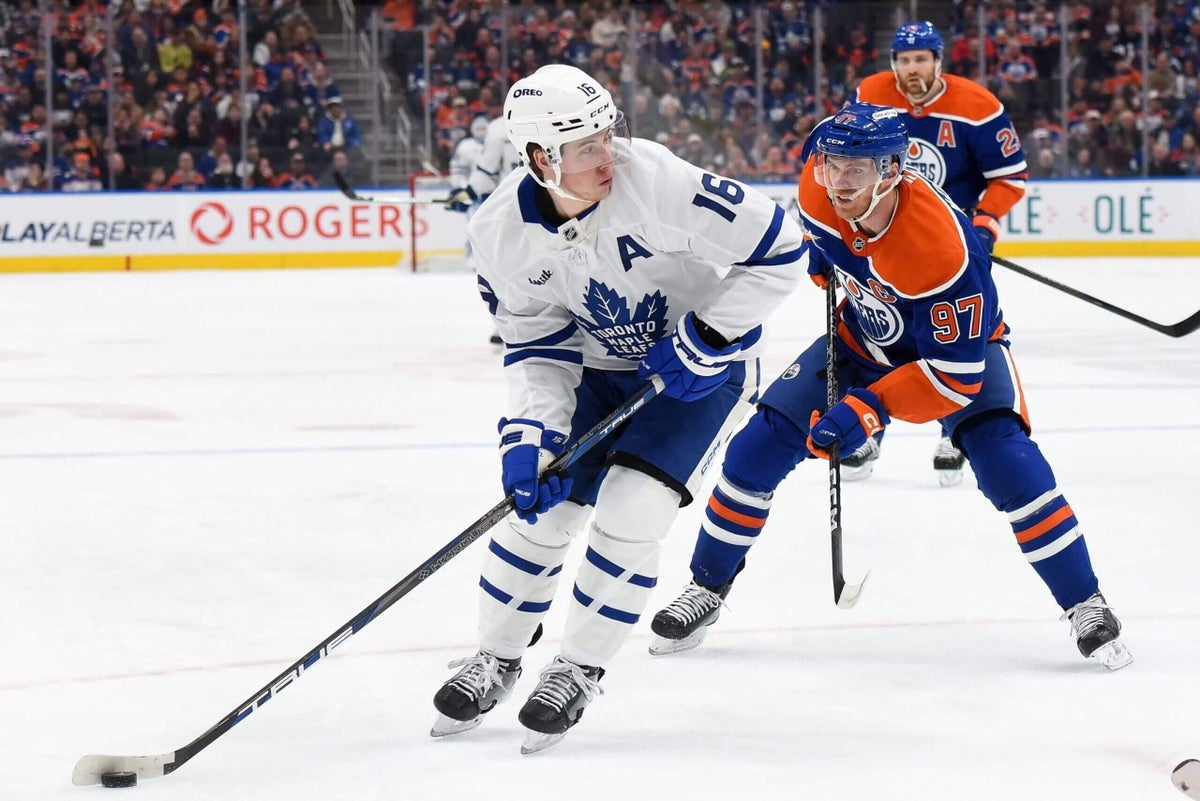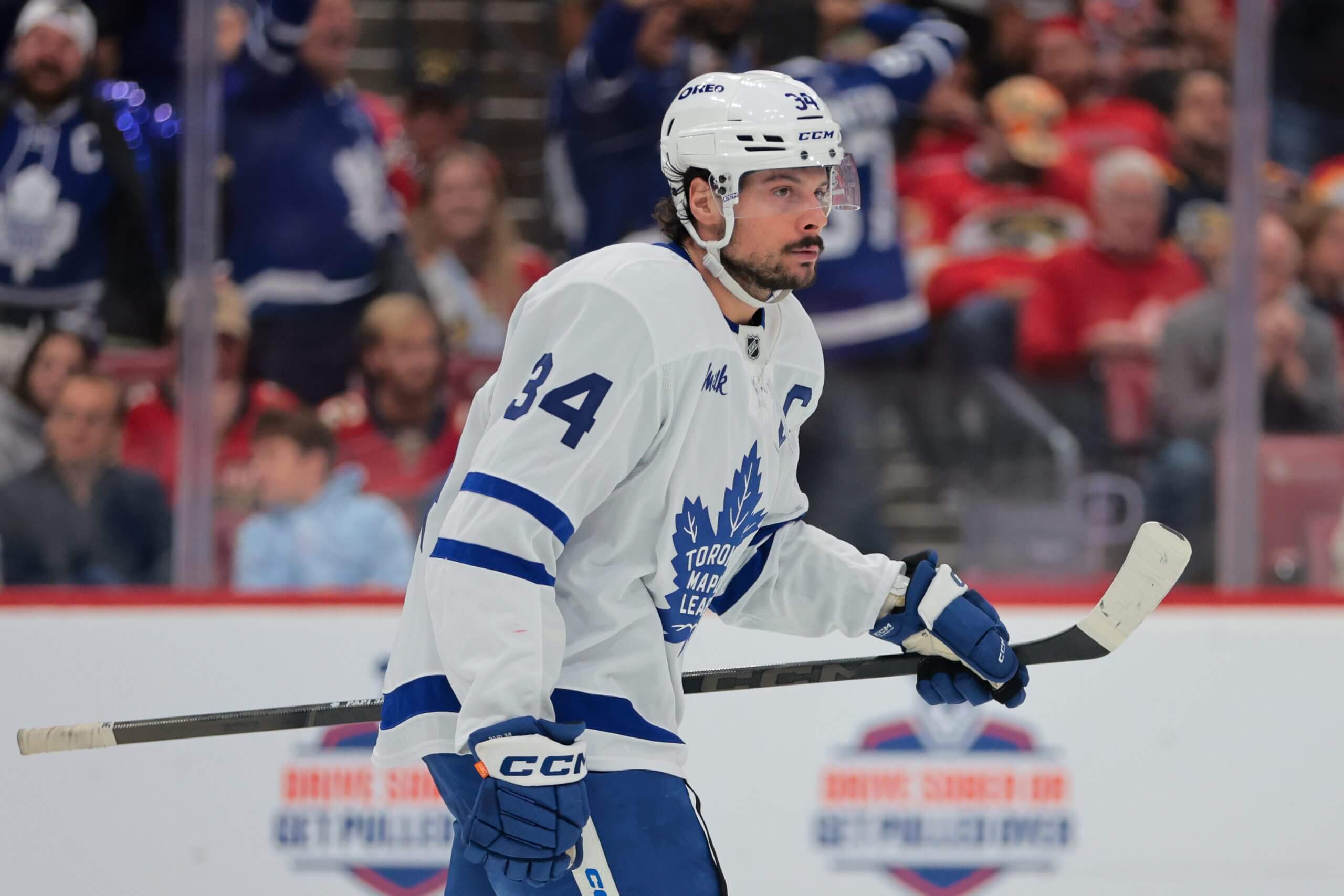There’s certainly a lot going on behind the scenes in NHL circles right now.
Five days until the 2025 NHL Draft and nine until free agency opens, a lot of the 32 teams are scrambling. Pending free agents are getting signed left and right, thinning an already emaciated UFA pool, and teams such as the Dallas Stars and the New Jersey Devils are quickly dumping salary so they’ll be ready to be part of the July 1 frenzy.
One of the things I’m hearing talked about a lot right now is: How does the NHL’s new cap environment change the equation for everyone involved? The cap is set to rise from $88 million last season to $95.5 million in 2025-26, $104 million in 2026-27, and $113.5 million in 2027-28, uncharacteristically high year-over-year jumps of 8.5 percent, 8.9 percent and 9.1 percent.
According to The Athletic’s Chris Johnston, those figures could even be on the low end of what’s coming, as the league’s post-pandemic revenue rebound might eclipse those forecasts and shift the cap even higher.
That’s made negotiating new deals for both UFAs and RFAs more difficult right now, as teams and player agents have to agree on what the new normal is. If a player was making $7 million last season, are they now a $9 million player in two years? Is a $4 million depth player the new norm when it used to be $3 million? Or will the balance of the new money go to the superstars and not necessarily be shifted and shared, dollar for dollar, throughout the roster?
And what does that all mean if you’re signing, say, an eight-year deal, a contract that will end when Sidney Crosby is in his age 45 season and the cap will be who knows what in 2032-33? At this rate of growth, perhaps more than $150 million?
One interesting wrinkle being talked about right now is the idea of stars potentially signing shorter-term deals. It’s been rumored for both Mitch Marner — the top pending UFA of this year’s class — and Connor McDavid — the top potential UFA of the stacked 2026 class.
Auston Matthews signed a four-year, $53 million deal with the Maple Leafs on Aug. 23, 2023. (Sam Navarro / Imagn Images)
In recent history, NHL stars have basically never gone short-term on their deals. In fact, in the past eight years, I could only find one deal of less than five years of term where the AAV was at least 11 percent of the cap (the equivalent of roughly $9.7 million last year).
That’s Auston Matthews’ current four-year, $13.25 million-per-season deal, which is the only contract shorter than five years among the top 37 AAV deals on the books for next season. (Crosby’s two-year deal for $8.7 million is tied for 38th.)
Unlike in other leagues, short just doesn’t happen for stars in the NHL. Or at least it hasn’t.
Why might that change? For one, the rapidly rising cap creates a bigger financial incentive for this to shift. In Marner’s case, he’s a young man, having turned 28 only last month. If he signs a four-year deal in free agency, he would then still have teams lining up to give him a max-term commitment at big money under a much higher cap four years down the road.
Here’s what the math on that decision could look like, theoretically:
Long-term in 2025 option
Marner signs next week for seven years around $13 million, which equates to $91 million. He would be eligible for another contract in 2032, when he would be 35 and likely to command only a significant salary for another three or four years, tops.
Let’s call it another $40 million, for a total of $131 million.
Short-term in 2025 option
Marner signs next week for four years at around $13 million, which equates to $52 million. He would be eligible for another contract in 2029, when he would be 32 and able to sign a new eight-year deal under a cap that will then likely be around $125 million.
At the same cap hit percentage as his highly plausible $13 million deal this season, that’s $17 million a season, or another $136 million. Added to the $52 million, it’s a total of $188 million, or nearly 50 percent more than our long-term scenario.
All of this would be added to the roughly $70 million he’s already made in his career.
I ran those scenarios by several player agents over the past few days, and they agreed the math does line up well if players can hit free agency again in their early 30s.
In the past, NHL stars have opted almost exclusively for the security and stability — both financial and in terms of living situation — of signing for seven or eight years where they want to be. But with the cap projected to rise more aggressively than we’ve seen in the past, and players in their prime such as Marner having banked so much wealth already, some believe that might begin to change.
“I think that makes a lot of sense. If those (top) players want to maximize their lifetime earnings, they should sign for three or four years now and then do seven or eight years,” one player agent explained. “We advise high-end players about this all the time. But most of them go for the security.”
One possible downside is that if a player suffers a significant injury, the follow-up contract isn’t as lucrative as it could have been.
But one added upside is where the McDavid situation might come into play: A short-term deal gives a superstar player ultimate flexibility — and puts pressure on their team to continue to try to be a Stanley Cup contender and keep them happy.
It’s possible McDavid could adopt an even more extreme version of this than the scenario I’ve laid out above, especially in light of his post-elimination comments about how having a chance to win, repeatedly, is his main priority.
“If I’m McDavid, I’m signing two-year deals from now on,” another high-profile agent said.
“It makes sense to take advantage of a rising cap,” added a third.
If McDavid pushed for max money — 20 percent of the cap — that could theoretically mean a $20.8 million salary in 2026-27 and a $24.8 million salary two years further down the line.
What’s more likely, however, is that McDavid takes less than max money in an attempt to give his team the best chance to win, but you get the idea. Signing shorter-term, the way many NBA stars have in recent years, would lead to much higher earnings overall.
And if the NHL’s best players become willing to move around more than they have historically, that could create more chances to win by jumping from contender to contender as teams’ contention windows opened and closed.
That’s something to keep an eye on and think about as we head toward the opening of free agency July 1, where the contracts — whether they’re short- or long-term — are going to be setting new standards across the board this year.
(Top photo of Mitch Marner and Connor McDavid: Leila Devlin / Getty Images)

